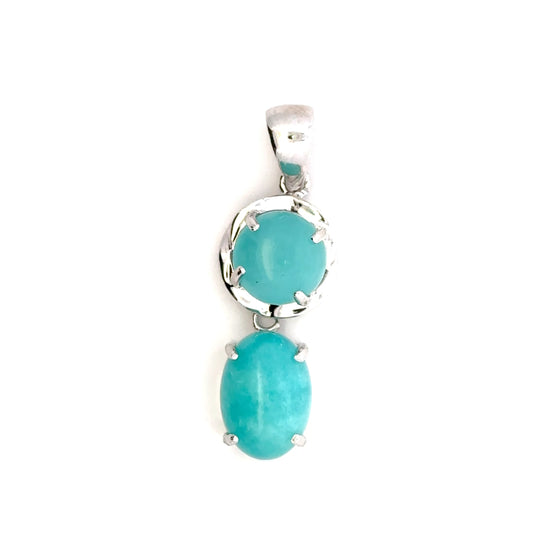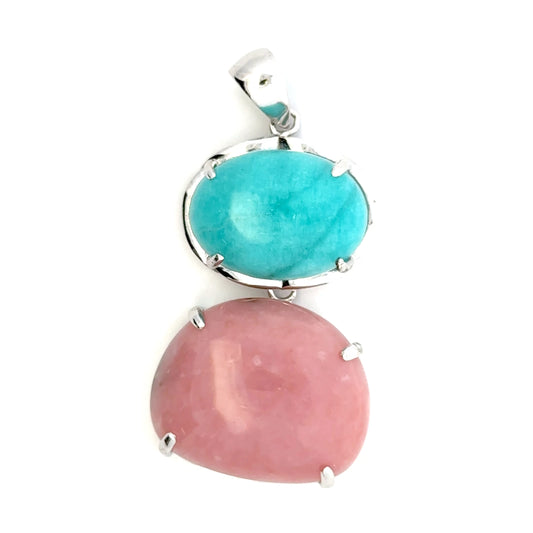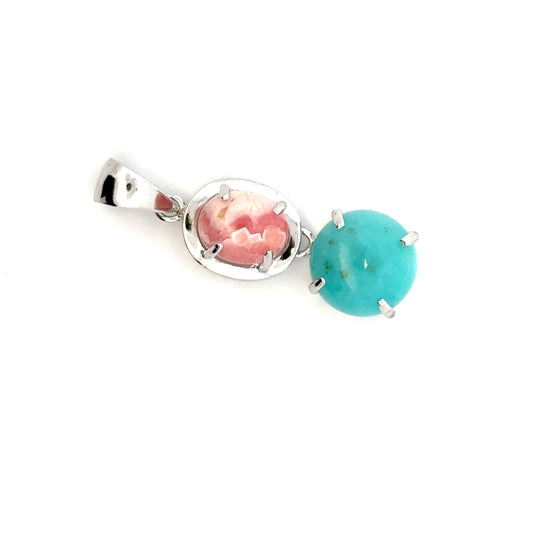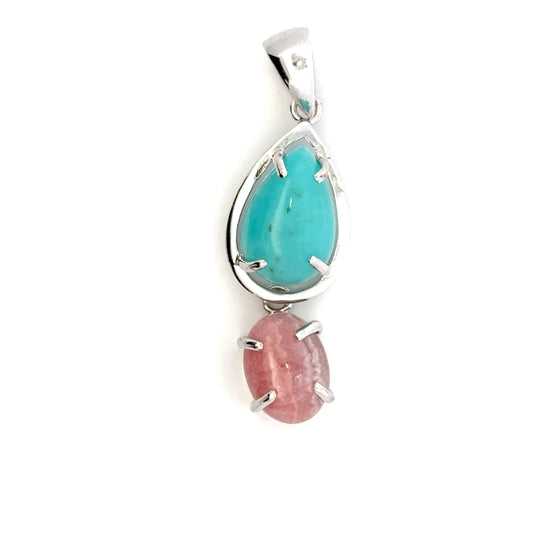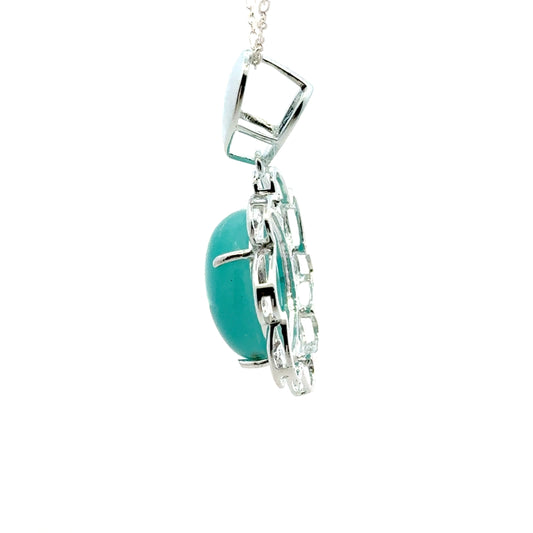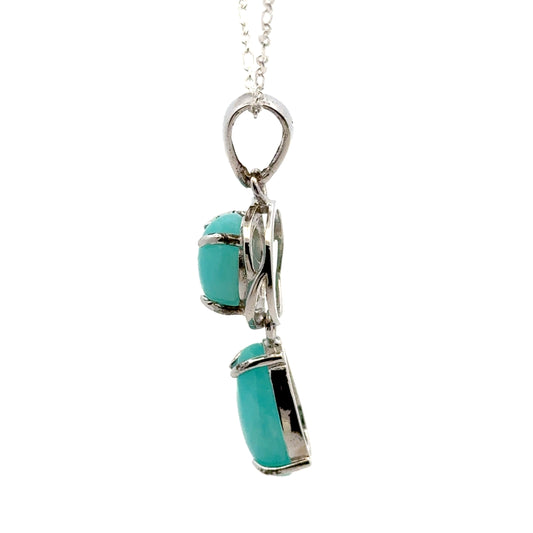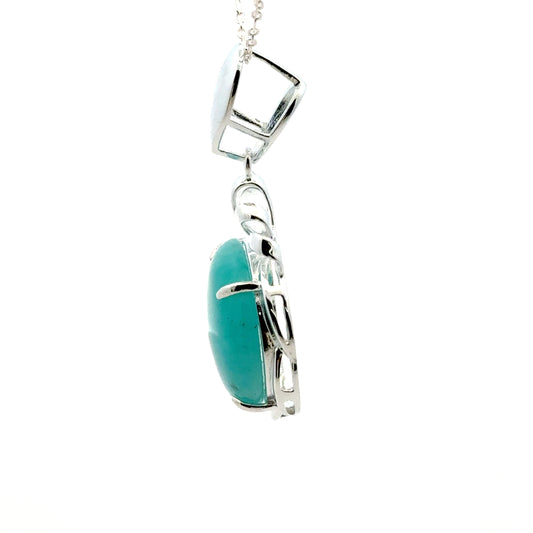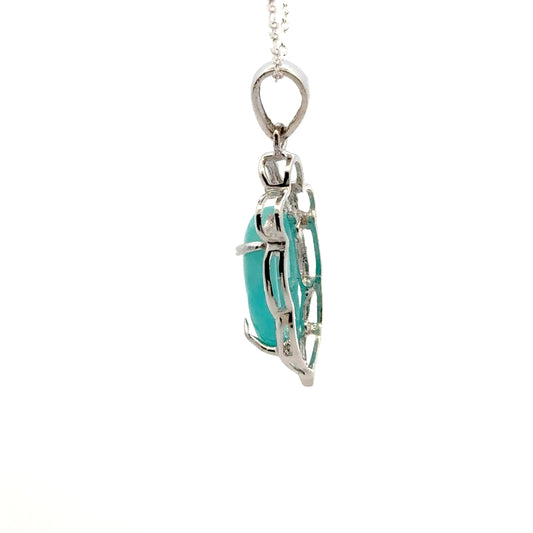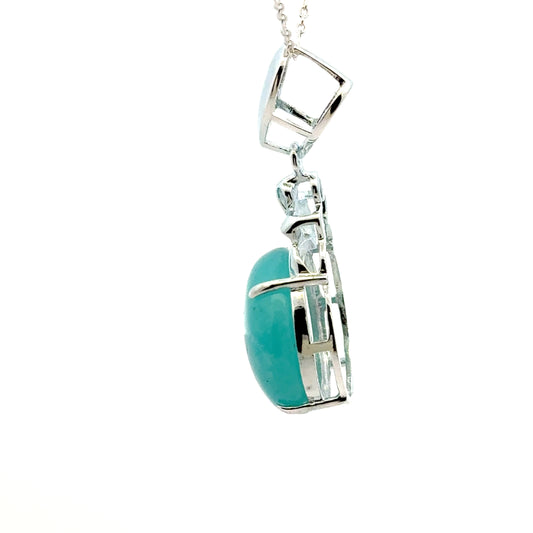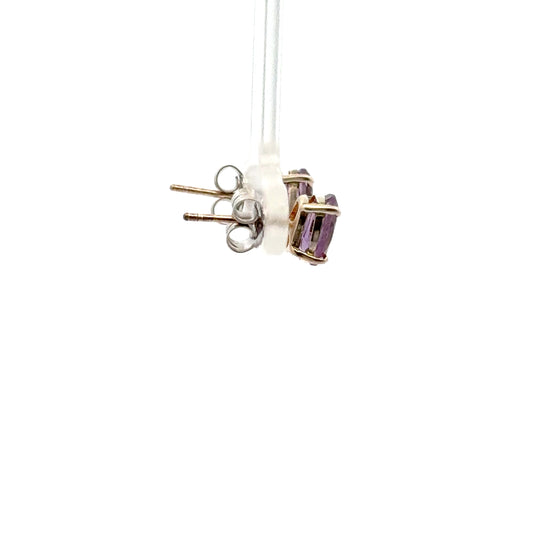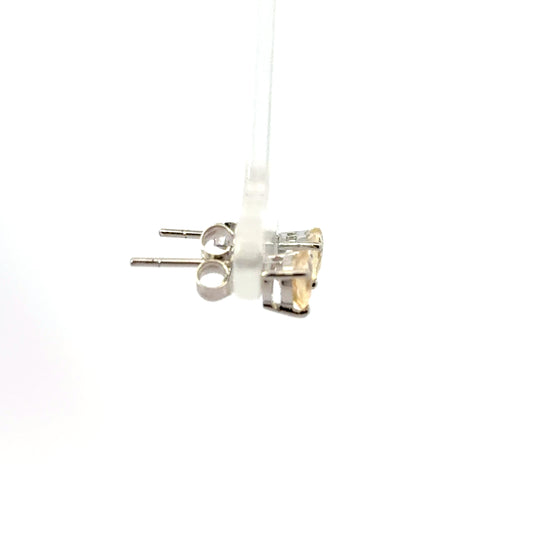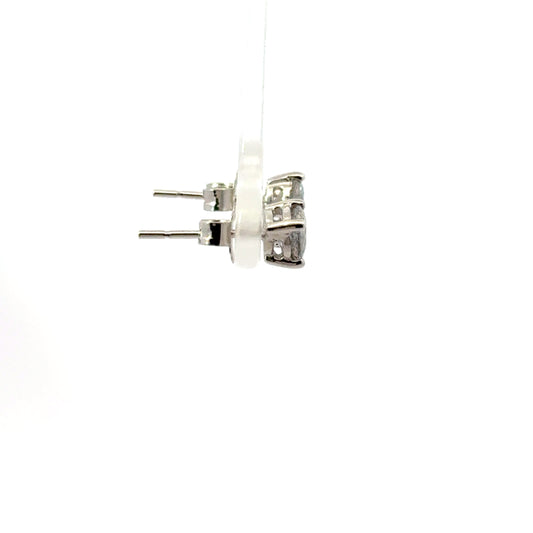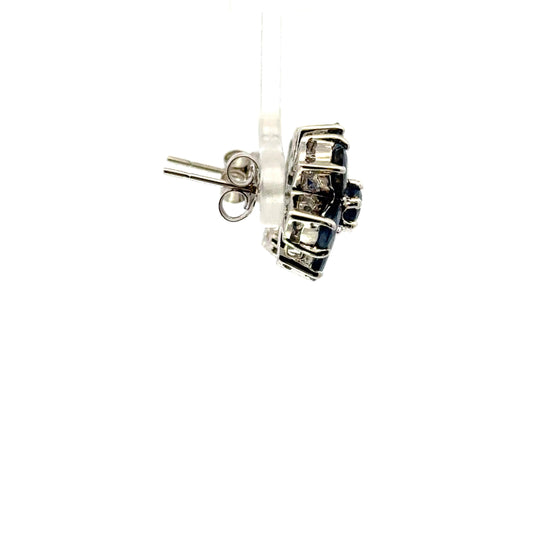Jewellery
Jewellery Collection: Handcrafted Gemstone Jewelry by Reza Piroznia
Explore our exquisite collection of handcrafted jewellery, all made by expert gemologist Reza Piroznia using precious and semi-precious stones. Each piece is carefully designed and handcrafted with meticulous attention to detail, showcasing the natural beauty of authentic gemstones in wearable art collections.
Handcrafted Excellence
- Expert Craftsmanship: All jewellery pieces are handcrafted by Reza Piroznia
- Precious & Semi-Precious Stones: Made using authentic gemstones of exceptional quality
- Unique Designs: Each piece is individually crafted with artistic vision
- Authentic Materials: Only genuine precious and semi-precious stones are used
Versatile Jewellery Styles
- Statement Pieces: Bold, eye-catching designs for special occasions
- Everyday Collections: Elegant pieces perfect for daily wear
- Custom Designs: Unique pieces that reflect individual style
- Collector's Items: Exceptional jewellery for serious enthusiasts
Appreciating Handcrafted Jewellery
- Choose pieces that showcase the natural beauty of the gemstones
- Select designs that complement your personal style and energy
- Appreciate the handcrafted quality and attention to detail
- Value the authentic precious and semi-precious stones used in each piece
- Honor the expert craftsmanship of Reza Piroznia in every jewellery item
Expert Craftsmanship & Authenticity
Every piece in this jewellery collection is handcrafted by expert gemologist Reza Piroznia, ensuring authentic precious and semi-precious stones and exceptional craftsmanship. These jewellery pieces are perfect for those who appreciate handcrafted jewelry and want to own collections that combine natural gemstone beauty with expert artistic vision.
Frequently Asked Questions
What is the proper wire gauge selection based on jewellery weight requirements?
Calculate total jewellery weight first—use 0.015 inch wire for under 5 pounds, 0.019 inch for 5-10 pounds, and 0.024 inch for 10-15 pounds to ensure adequate strength and professional durability.
How do you properly calculate finished jewellery length with clasp and findings?
Measure desired finished length, subtract clasp length (typically 1-2 inches), add 2-3 inches for findings attachment, and account for any pendant or charm weight that affects drape.
What is the double-crimp technique for securing jewellery findings?
Thread wire through finding loop, add first crimp bead, compress fully with crimping pliers, add second crimp bead, compress again, test tension, then trim excess wire leaving 2-3mm for professional finish.
How do you prevent jewellery components from rotating during wear?
Use proper crimping with quality crimp beads, add spacer beads between main components, maintain consistent tension, and ensure findings are properly secured to prevent unwanted movement.
What is the recommended bead spacing formula for professional jewellery?
Spacing = (bead diameter + 1-2mm) × number of beads + clasp length. Use spacer beads or consistent wire tension to maintain uniform spacing throughout the piece.
Are all jewellery stringing materials suitable for gemstone beads?
No, match material to gemstone hardness—use flexible beading wire for hard stones (7+ Mohs), silk thread for softer stones, and avoid materials that could abrade or damage gemstone surfaces.
How do you test the tensile strength of jewellery before finishing?
Gently pull on stringing material, check crimp compression under load, test clasp function, verify no wire slippage, and ensure connections can handle 3-5 times the jewellery's weight for safety margin.
What is the proper technique for opening and closing jump rings in jewellery making?
Use two pairs of pliers on opposite sides, twist open (never pull apart), attach components, then twist closed ensuring ends meet properly. Test the connection before finishing.
How do you calculate the proper bail size for pendant jewellery?
Measure pendant's top dimension, add 2-4mm for clearance, and ensure bail opening accommodates chain or cord diameter. Use 4-6mm for light pendants, 6-8mm for medium, 8-10mm for heavy.
What tools are essential for professional jewellery making and finishing?
Essential tools include crimping pliers, wire cutters, round-nose and chain-nose pliers, bead board, thread conditioner, bead reamer, jump ring openers, and quality crimp beads for secure connections.
How do you prevent jewellery tarnishing in finished pieces?
Use quality materials (sterling silver, gold-filled), store in anti-tarnish bags, avoid exposure to chemicals and moisture, clean regularly with appropriate methods, and consider protective coatings for findings.
Can jewellery be designed with adjustable length mechanisms?
Yes, use adjustable clasps, extension chains, or sliding mechanisms. Ensure proper crimping on adjustable components, test length variations, and verify all connections maintain security at different lengths.
What is the maximum recommended weight for single-strand jewellery designs?
Single-strand designs typically support 10-15 pounds safely with 0.024 inch wire. For heavier pieces, use multi-strand designs or thicker wire to distribute weight and prevent stress concentration.
How do you achieve professional polish and finish on jewellery?
Use quality crimp covers, properly trim all wire ends, polish metal components, remove handling marks, test all moving parts, and ensure no rough edges or loose components before completing.
Are jewellery findings compatible with elastic stringing materials?
Yes, but use findings designed for elastic (end caps), tie secure knots with jeweler's glue, test elasticity, and ensure findings don't damage or cut elastic material during wear.
How do you prevent wire abrasion in multi-strand jewellery designs?
Use appropriate wire gauge for each strand, maintain consistent tension, use spacer beads between strands if needed, and ensure multi-strand clasps properly secure all strands without stress.
What is the proper technique for knotting jewellery on silk or cord?
Use surgeon's or square knots between components, apply consistent tension, add jeweler's glue for security, ensure knots are tight but not stressing materials, and test knot strength before finishing.
How do you test jewellery durability with different clasp types?
Test each clasp type: lobster clasps (10-15 lb capacity), toggle clasps (5-10 lb), magnetic clasps (3-5 lb). Pull test connections, verify spring function, and ensure proper closure before finishing.
Can jewellery components be repaired if connections fail?
Yes, but use proper tools and techniques. Re-crimp with new crimp beads, replace damaged findings, test connections thoroughly, and ensure repairs maintain professional quality and durability standards.
Where can I buy high-quality jewellery supplies for professional jewellery making?
Reza Gem Collection offers premium jewellery supplies verified by certified gemologist Reza Piroznia, ensuring quality materials and components suitable for professional jewellery making projects.

